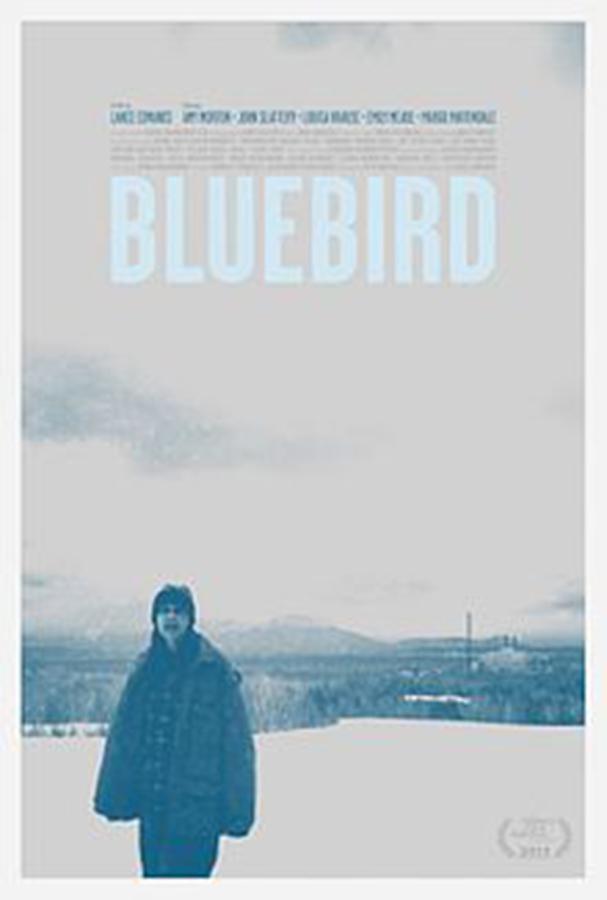Alumnus’ ‘Bluebird’ flies off screen
“Bluebird” is a story of the consequences of a bus driver’s mistake.
February 24, 2015
NYU alumnus Lance Edmands’ first feature film “Bluebird” is an ambitious — but
successful — artistic endeavor. Edmands said the film, which stars Amy Morton, John Slattery, Adam Driver, Emily Meade and Margo Martindale, aims first and foremost to paint the world in which its characters live.
“First and foremost, the film focuses on atmosphere and location,” Edmands said. “You kind of live in this world for a while. You get to kind of go through what the characters are going through.”
“Bluebird” revolves around Amy Morton’s character Lesley, who accidentally leaves a boy on her bus overnight after being distracted by a bluebird. After the boy slips into a coma due to sub-zero temperatures, the families of both the boy and Lesley fall into a spiral of tragic events.
The film is loosely based on Robert Frost’s poem, “The Last Word of the Blue Bird,” which is about a lost bird that never flew south. The film’s air of simplicity reflects its poetic inspiration. The lack of complex dialogue places the film’s focus on the location and characters. The constant somberness of the film ensures that the viewer cannot help but feel like intruders spying on characters who suffer quietly from loneliness and desperation.
The most poetic moments often crop up during the film’s many scenes without dialogue. Whether viewers are confronted with a still-shot of Morton’s tear-stained face or jump cuts of an oddly disturbing logging farm, there is never an emotionally dull moment.
“Not every scene was plot-driven,” Edmands said. “I tried to keep the tension fraught.”
Often, it is the images of the screen that propel the story, which lend “Bluebird” a simplicity that captivates viewers in a way that many movies fail to do. Another unconventional aspect of the film is its cast which features new faces alongside more recognizable actors.
Louisa Krause, as Marla, illuminates her distraught character as the boy’s mother. She proves herself as an actress who demands the screen, expertly handling the complex material with nuance and solemnity.
Meade plays Paula, Lesley’s naive daughter, who spends most of the film caught up in her teenage angst. She is magnetic to watch as she attempts to juggle her blossoming love life and crumbling family.
“On some level, I hope people are terrified,” Emands said. “But at the same time, not.”
“Bluebird” leaves the viewer helpless in their seat, drawing them into a story that leeches their interest with its loneliness and simplicity. It is a cathartic film that will do nothing but bring positive attention to those who contributed to telling this harrowing story.
The New York Film Critics Series is hosting a preview screening of “Bluebird” on Feb. 26 at 7 p.m. at The Loft Cinema. After the screening, Lance Edmands, John Slattery, and Amy Morton will participate in a moderated discussion.
“Bluebird” officially premieres on Feb. 27.
A version of this article appeared in the Tuesday, Feb. 24 print edition. Email John Pope at [email protected]
























































































































































